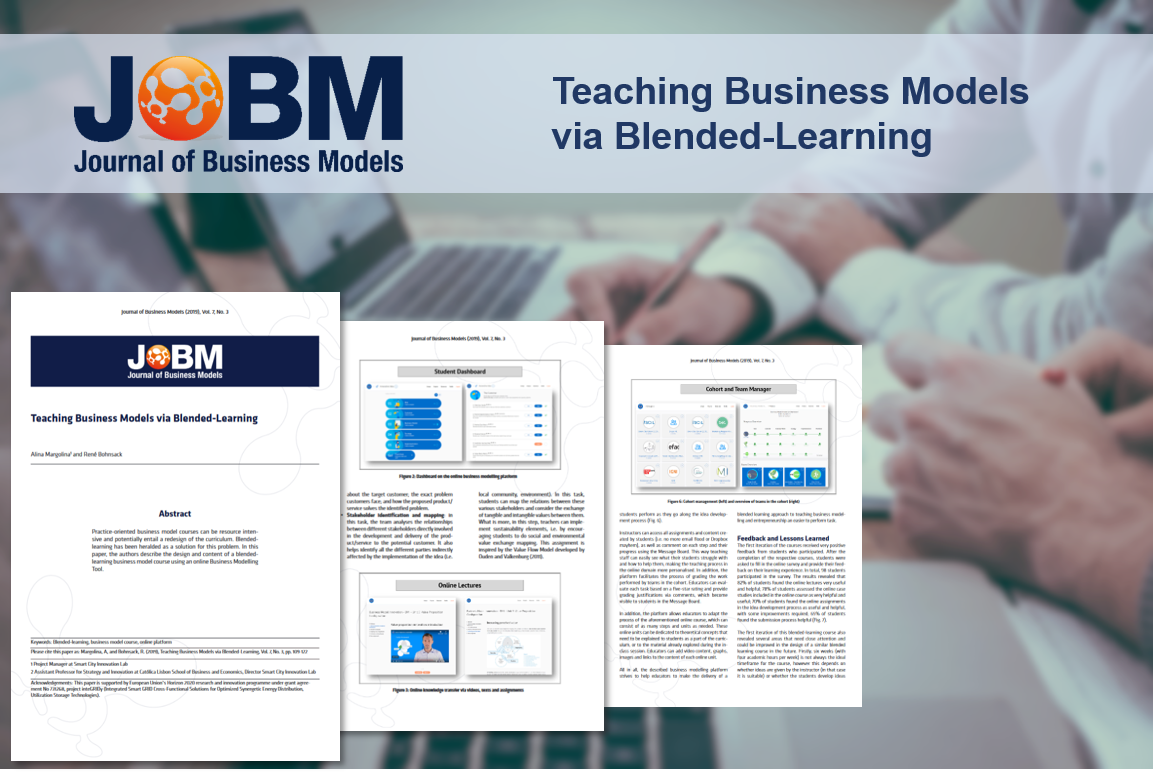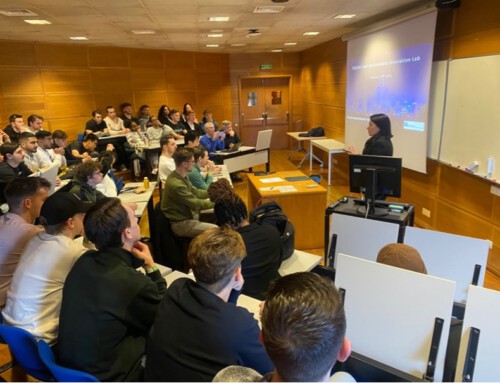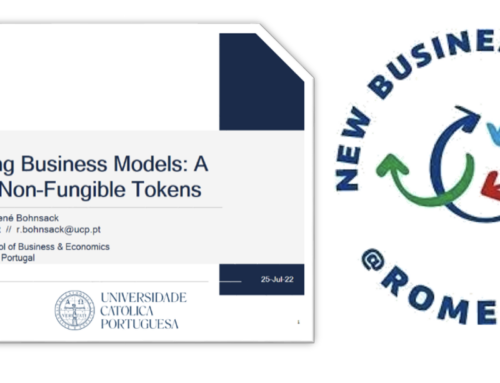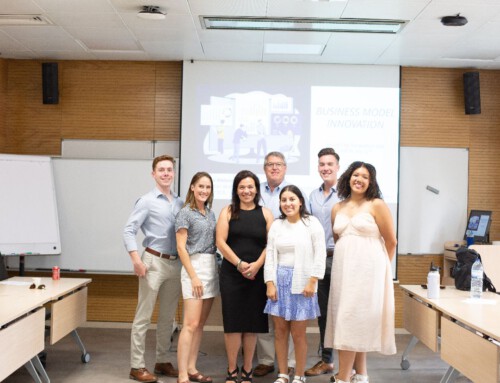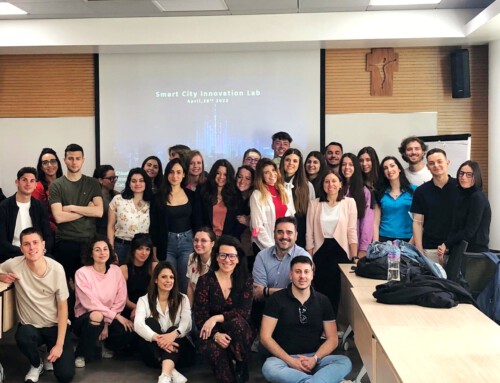In the most recent paper published in the Journal of Business Models (JoBM) by Alina Margolina and René Bohnsack from the Business Model Design Lab at Católica-Lisbon, the authors describe the design and content of a blended-learning business model course.
The authors show that when it comes to teaching business models for new ventures, it is important to cover the value creation element (i.e. the idea, customer) and the value capture element (i.e. strategy and implementation). This requires a practice-oriented approach to teaching. While this sounds great in theory, in practice adopting a new pedagogy based on active learning, learning by doing, teamwork and experiencing simulations of real-life can push the limits of classroom learning at a regular business school. Adequately implemented, it requires more resources, is more time-intensive and potentially entails a redesign of the overall curriculum. Alina and René found that a blended-learning approach to teaching, which combines traditional classroom learning with e-learning, can be an effective solution.
Thus, the authors of the paper set out to create a business model course for new ventures in a blended learning format with a specific focus on tailoring the online content to the classroom experience. In the paper, we propose a course that includes six weekly sessions, covering such topics as idea design, customer discovery, value proposition development, business model development, strategy alignment, and business plan development. Each session is three hours long, with 1.5 hours devoted to the explanation of the theoretical material provided via an online course on Smart Business Modeler, and 1.5 hours being a practical in-class session with the instructor.
The course has been successfully implemented with bachelor, master and executive students and has received very positive feedback from students who participated.
Check here the paper for more details about the proposed approach and lessons learned.

